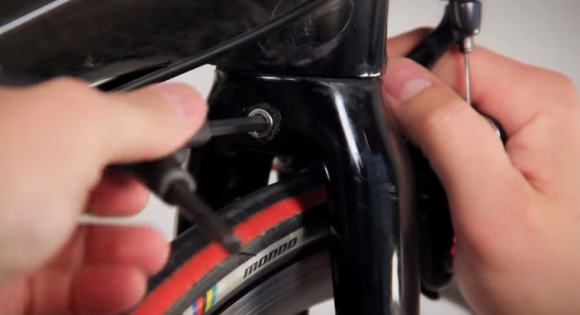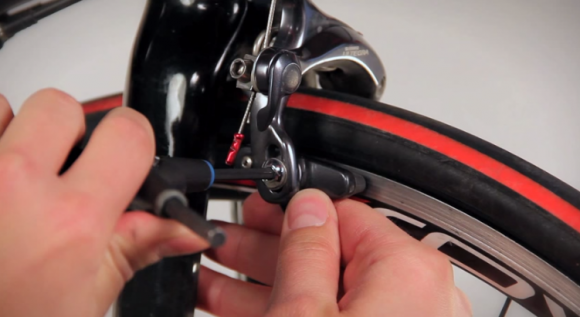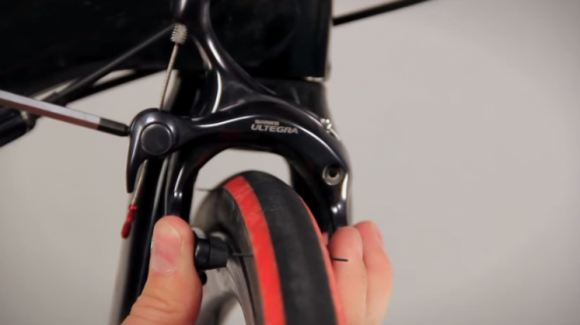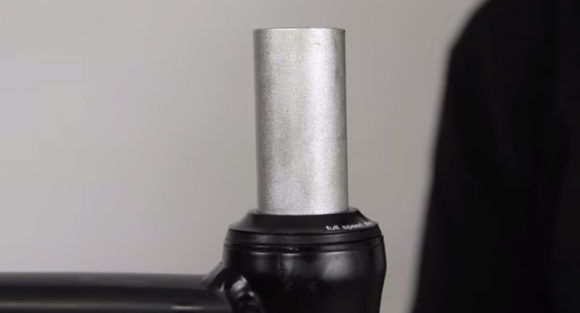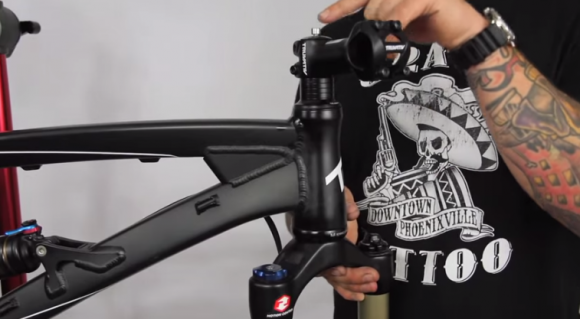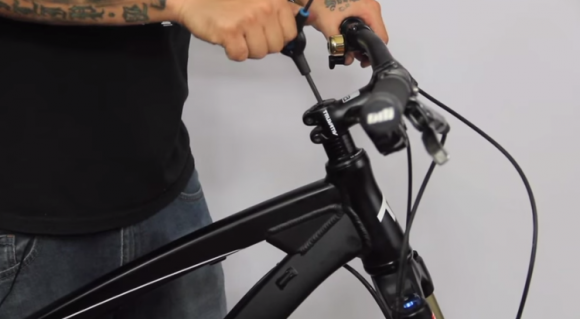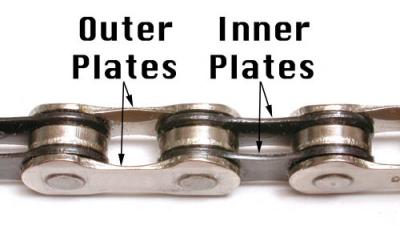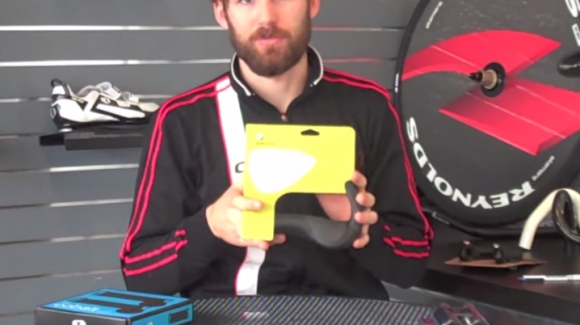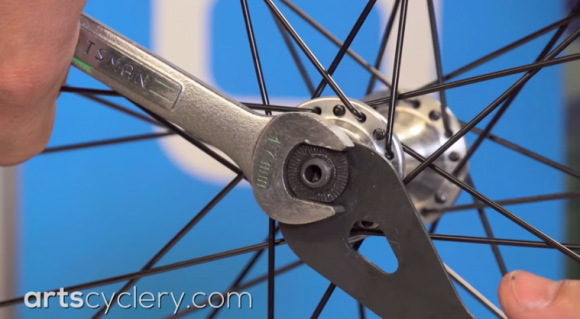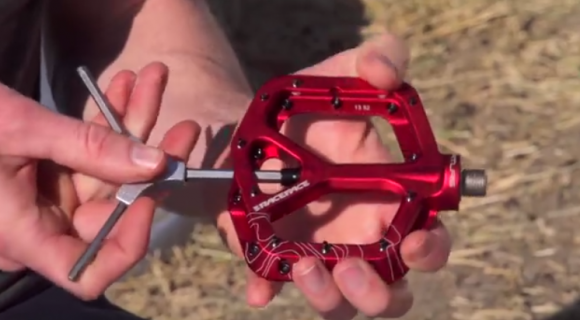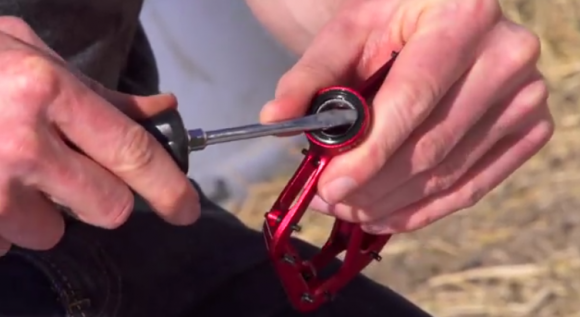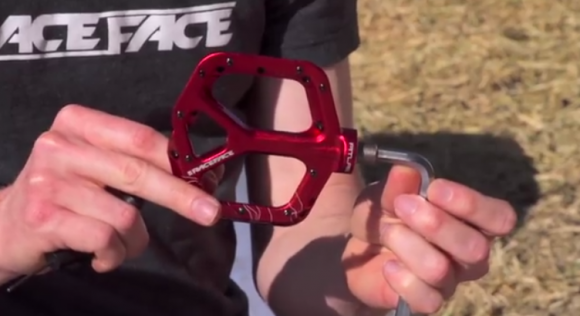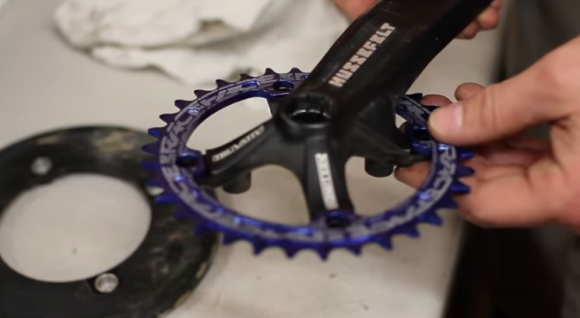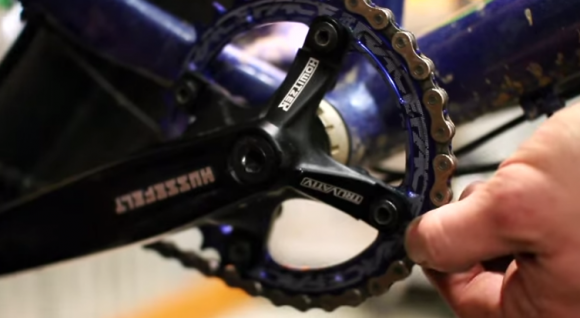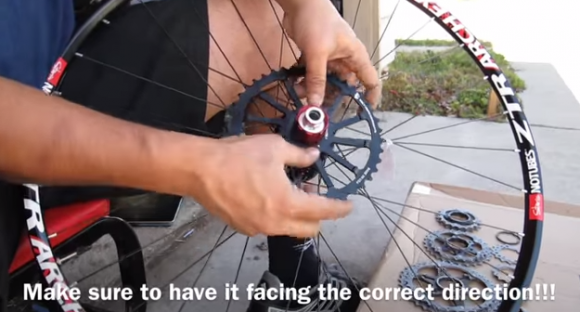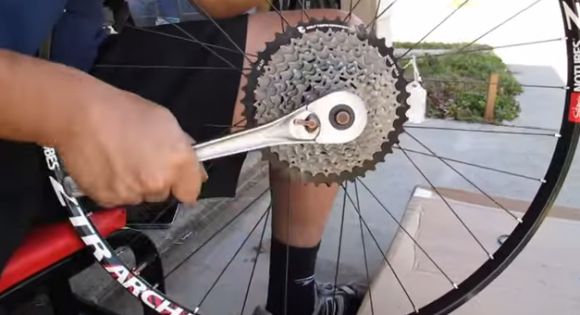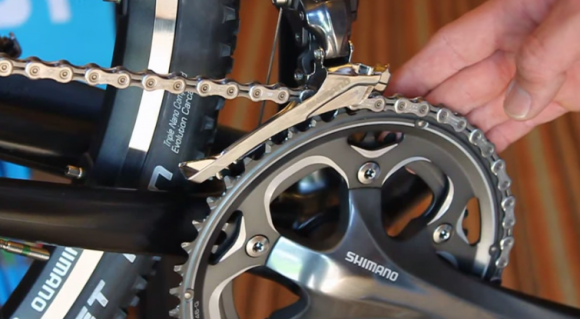How to Check and Adjust a Rear Derailleur
How to adjust your rear derailleur:
What does your rear derailleur actually do? It is responsible for moving your chain from one cog to the next. It does this by pushing or pulling the chain an exact amount determined by the shifter. Only a few things can cause your rear derailleur to dysfunction: hangar alignment, limit adjustment, cable tension, or broken equipment.
Almost all of these issues can be repaired with a phillips screwdriver, 5mm allen wrench, rag, and chain lube.
Equipment check: Look to see if your cable or housing is frayed or broken. If it is, replace it. Next, make sure your shifter has the correct amount of clicks. Do this by shifting through all the gears. Lastly, inspect the rear derailleur for damages, broken jockey wheels, bent parts, or broken springs. In most cases, if you find this kind of damage, the rear derailleur will need to be replaced.
Hanger alignment: you can see if your derailleur hanger is misaligned by looking at it from behind the bike. You want to see if your chain runs in a straight line from the jockey wheel to the cassette. If it isn’t straight then work needs to be done.
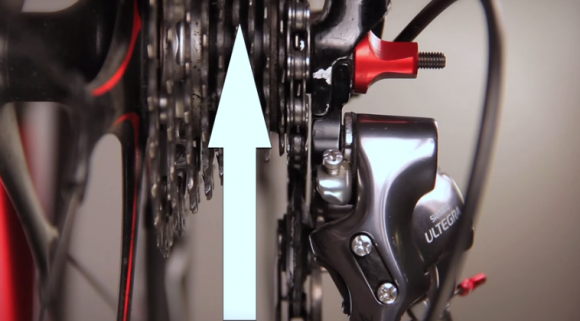
Chain should run in a straight line from the jockey wheel to the cassette
Limit adjustment: the rear derailleur limit screws determine how far the rear derailleur can move. Before adjusting the limit screws, detach the cable from the derailleur. Adjust the high limit screw first to move the derailleur to the correct position. After the high limit is set, use your thumb to push the derailleur to the correct low limit, then set the screw to prevent the derailleur from moving past the lowest gear.
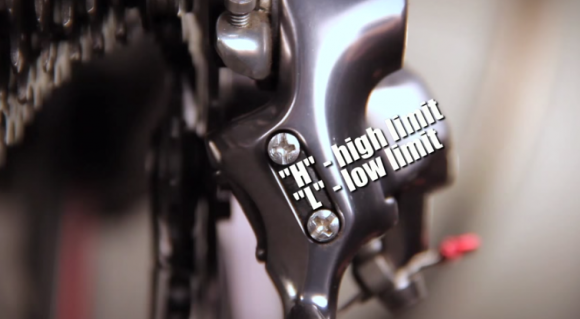
Rear Derailleur Limit Adjustment Screws
Cable tension: start by returning all barrel adjusters to the closed position. Then shift into the highest gear. Finally, pull the cable taut with your fingers and clamp it down to the rear derailleur.
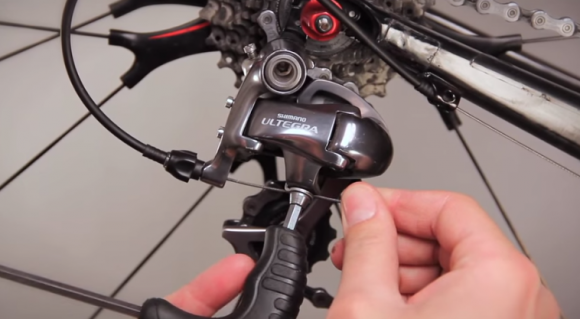
Use allen wrench and hand to adjust cable tension
Fine tuning: do this by pedaling and shifting. If gears don’t shift, try tightening the cable barrel adjuster. If it over shifts, then the cable is too tight and the barrel adjuster should be loosened. Finally, add some grease to the pivot points of the derailleur. Chain lube works just fine.
